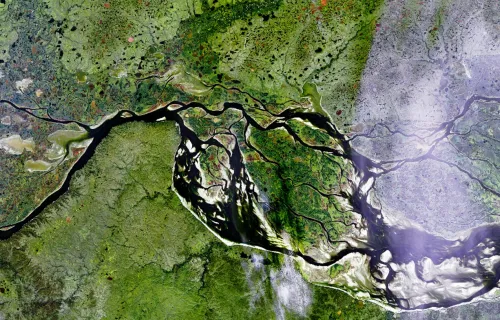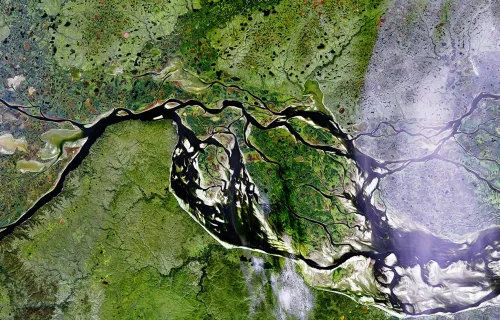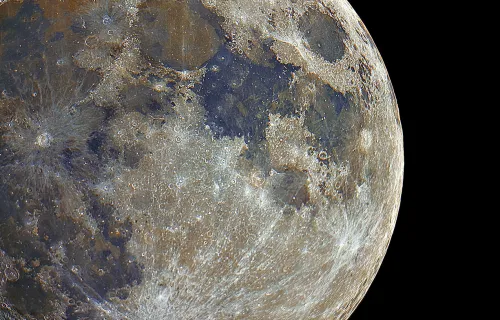Launched on 17th March 2009, the European Space Agency’s landmark mission to measure the earth’s gravitational field was supported at its heart, by software developed by CGI. The gravity field and steady state Ocean Circulation Explorer (GOCE) mission delivered a raft of data on the properties of the Earth’s gravity enabling new levels of understanding within the global scientific community.
THE CHALLENGE
The European Space Agency required on-board function and ground based post processing to link the data received from the on-board Electrostatic Gravity Gradiometer (EGG) sensor to the exact location on the Earth’s surface where the gravity reading had been taken. The solution required a scientific level of assurance as it was part of a multi-million-pound space mission to measure the Earth’s gravitational field.
OUR ANSWER
CGI designed, implemented and supplied software used in the Satellite-to-Satellite Tracking Instrument (SSTI) processor for GOCE. This component of the mission processed measurements of on-board GPS Sensors to align the readings from the Electrostatic Gravity Gradiometer (EGG).
The output of the sensors were passed through a series of algorithms to output the desired product, a track of the earth’s surface modelled to gravity measurements. The combined solution delivered product displaying gravity strength information with high accuracy (1 cm of geoid heights) and spatial resolution of 100km squares.
A SUCCESS STORY
CGI’s modular design approach and strict coding standard, well beyond that mandated for a science mission, enabled subject matter experts to focus on the performance of algorithms as opposed to software quality. CGI worked with domain experts to ensure that the algorithm specification delivered high topographical accuracy to enable a successful delivery. CGI’s approach improved numerical robustness of the method by building in overflows protection and carefully tracing the required numerical accuracy. CGI worked to optimise the implementation’s algorithmic processes so that functions could serve more than one purpose within GOCE creating a modular approach.
Our approach supported collaboration across the large consortium to present answers to a number of complex issues surrounding the algorithms developed using CGI GNSS expertise. CGI was retained for the warranty and asked to further consult on GPS sensor accuracy and GNSS algorithmic performance by ESA. The GOCE mission delivered results on both the Earth’s Gravity and its Ionosphere as follows:
-
Gravity
GOCE data helped to better understand the gravitational impact of solid earth physics of the lithosphere and upper mantel on earth processes such as earthquakes. GOCE data also developed science’s understanding of ocean circulation including surface currents, ocean height maps and circulation of water for metrological models.
-
Ionosphere
GOCE improved the European scientific community’s understanding of the earth’s ionosphere using the raw GNSS observations from the on-board dual frequency GNSS receivers and benefiting from the highly inclined orbit with an unprecedented low-orbit altitude of 255km. The GOCE data helped to better understand the behaviour of the ionosphere that in turn enables improved understanding and modelling of the impact of the ionosphere on GNSS performance.
The Precise Orbit Determination techniques developed for the GOCE mission can be carried forward to future gravity field missions using quantum based gravity gradiometers harnessing cold atom technology as ultra-sensitive quantum sensors for measuring gravity.




